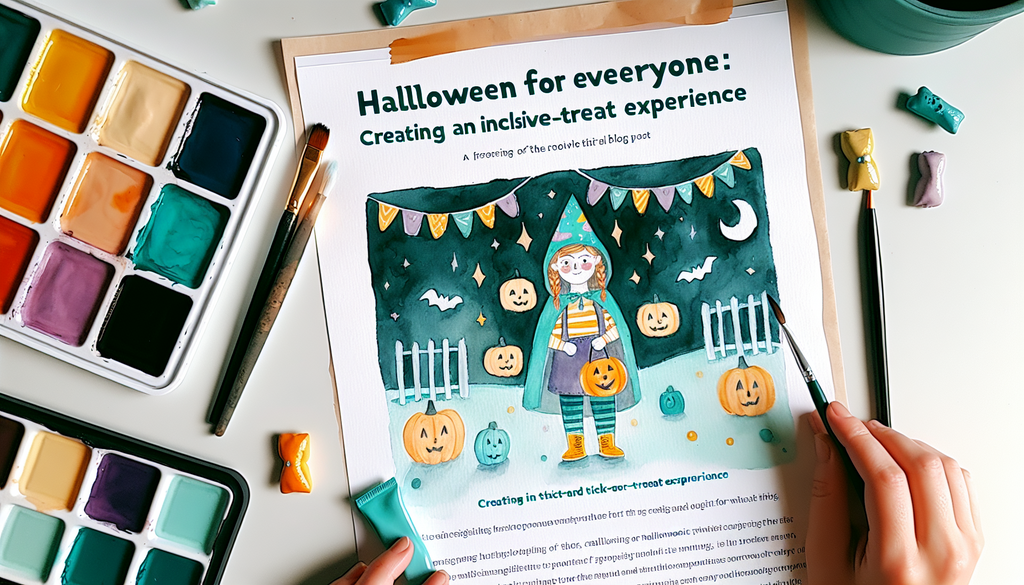Halloween for Everyone: Creating an Inclusive Trick-or-Treat Experience

Halloween is a magical time for most children, filled with sweet treats, costume parades, and eerie adventures. However, for children with special needs or those identified as gifted and talented, the experience can be a little more complex. Whether it’s sensory issues triggered by masks and decorations or intellectual overstimulation, every parent wants their child to wholly partake in the festive fun. Fear not! This article is filled with tips for making the Halloween experience accessible, enjoyable, and engaging for all.
1. Making Costumes Comfortable
Costumes form an integral part of Halloween, but these can be uncomfortable due to labels, seams, and unfamiliar textures that might trigger sensory issues. Consider making your own costumes, incorporating clothes and materials that your child finds comfortable. For children with sensory processing issues, exploring sensory play to familiarize them with different textures can be beneficial.
2. Prepping for the Big Night
Preparing your child for the event will go a long way. This can include explaining the trick-or-treating process, conducting walk-throughs in daylight, and discussing appropriate social interactions with the gift-givers. If your child is gifted and prone to anxiety, establishing coping mechanisms beforehand can help.
3. Choose a Suitable Trick-or-Treating Path
Choose an easy route that’s well-lit and void of hazards. Children with physical disabilities might struggle with long distances and inaccessible homes. So, planning out a comfortable route, as advocated in advocating for your child’s needs, can make all the difference.
4. Opt for Inclusion and Awareness Tools
Consider using tools that promote inclusion-like the Blue Pumpkin Bucket, which signifies that the carrier may be non-verbal or may need extra time for trick-or-treating. Similarly, the Teal Pumpkin Project promotes the availability of allergen-free treats. Keep in mind your child’s individual needs as outlined in understanding your child’s behavior triggers.
5. Introduce Adaptive Treats and Activities
Not all children can, or want to, consume traditional candy. Consider non-food treats such as stickers, bouncy balls, and coloring books. Adaptive Halloween activities at home, like pumpkin decorating and costume crafting, can also help everyone feel involved and can bridge the sensory overload that can occur during holiday festivities.
6. Communicate with Care Givers
Make sure to clearly communicate with any caregivers who might accompany your child on Halloween. Be specific about their needs and reassure them with some of these effective strategies.
7. Use Technology to Ease the Process
Use visuals aids, apps, and other amazing tech solutions for special needs children to familiarize your child with Halloween customs and build their vocabulary about the event.
Remember, Halloween should be enjoyable for everyone. Building an environment that celebrates our differences while highlighting our shared love for creativity, fun, and of course, treats, results in a true Halloween spirit of inclusivity. As our series on inclusive family gatherings suggests, making a little effort to accommodate everyone’s needs can go a long way toward creating lasting memories for all.
Happy Halloween!